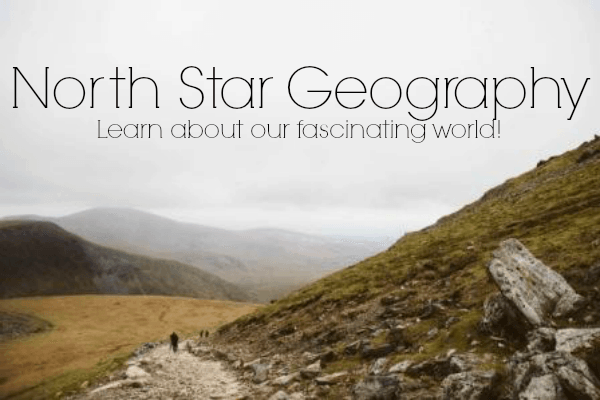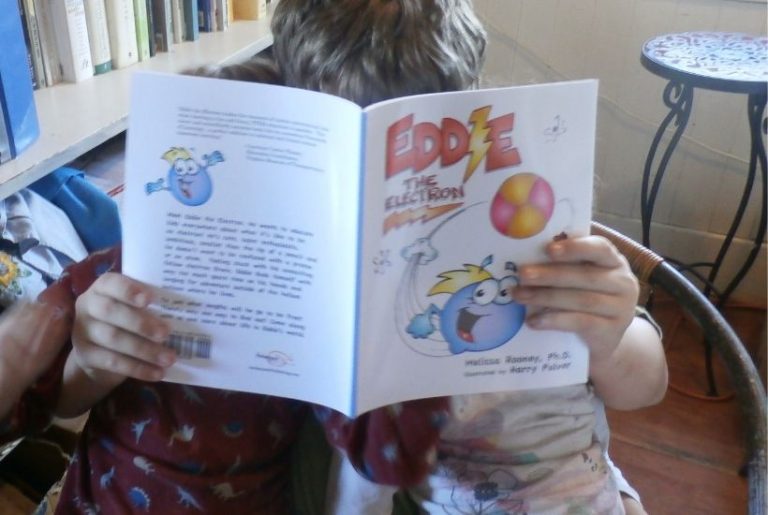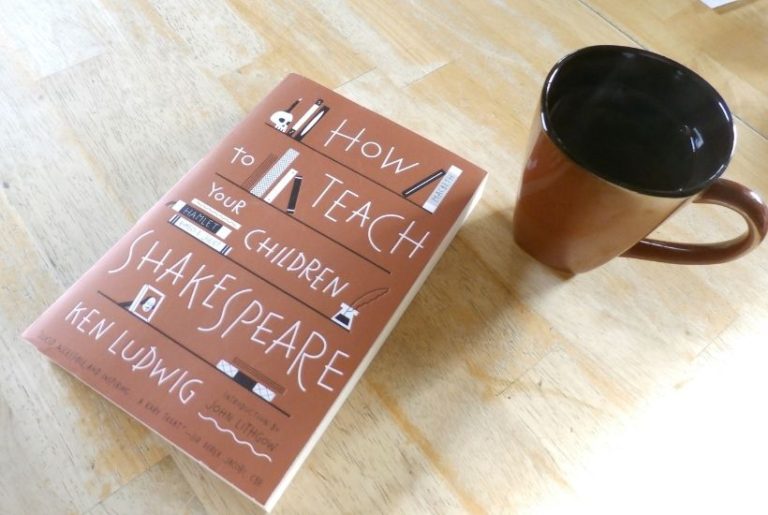North Star Geography Review
This post may contain affiliate links. For more information, please read my disclosure policy.
As I mentioned on Wednesday, I’m now a Bright Ideas Press North Star Geography Ambassador! This means I’m getting paid to use North Star Geography with my children and to give you honest reviews about how it’s working for us.
Hubby had been saying for some time we should add a geography-specific curriculum to our homeschool. Then last summer my parents and teens were trying to kill some time, so my parents started tossing out geography facts.
North Star Geography Review
My teens could not answer them. Mom and Dad were amused as they couldn’t remember either. I was HORRIFIED! My kids should have known those facts.
I snagged the opportunity to be a Bright Ideas Press North Star Geography Ambassador when the possibility arrived in October. Let’s see… cover a skill the kids need, free curriculum, and get paid to blog about our experience with it… win-win!
North Star Geography by Tyler H. Hogan
North Star Geography by Tyler H. Hogan is a Christian textbook for 7th-12th graders from Bright Ideas Press. Sixteen lessons are divided into three units. Unit 1 teaches basic geography skills, unit 2 covers physical geography, and unit 3 discusses human geography.
Three schedules are included for studying geography. This allows you to choose a relaxed 2-year study suitable for 7th-10th graders, an intensive 1-year study for 11th and 12th graders, or a pared-down 1-semester guide.
On the inside cover of the text is the CD-ROM called Reader and Companion.
Reader and Companion
Atlas Building gives children the opportunity to build their own atlas over the course of the text. Each unit covers a different area of the world.
Memorization lists are available so the children can memorize the countries, rivers, and major features of the world if they so desire.
Activity directions are in the reader and companion. There are usually 3 activities with each lesson. These hands-on activities range from figuring out the latitude and longitude the hard way, watching videos, creating maps, researching, building volcanos, and many, many more!
Research questions are included for each unit and each lesson. These research questions encourage children to expand their research skills
The needed outline and reference maps are on the reader and companion as well.
Other items include note-taking sheets, quizzes, the final exam, grading rubrics, graphic organizers, schedules, and a glossary. North Star Geography even includes a student reader, which is a copy of the textbook on the CD-ROM, for those who need the text on the computer.
Unit 1
Unit 1 introduces the study of geography, map skills, and navigation. It even touches on some of the history of maps and navigation over the centuries.
Basic map skills are not assumed. He teaches how to read maps, what different types of maps exist, and how to read those.
I was delighted to see Tyler Hogan go into detail about the issues of map projects and the various types of maps attempting to minimize distortion.
Unit 2
Unit 2 is all about the physical geography of the earth. This unit corresponds well to a study of geology. Plate tectonics, earthquakes, the atmosphere, and more are studied during this unit.
Typography, or landforms, both natural and man-made are covered in unit 2 as well as the lithosphere, hydrosphere, atmosphere, and biosphere. As I mentioned before, this would merge well with a study of earth science.
Unit 3
Unit 3 discusses human geography. It begins with survival and society before moving on to environmental stewardship, a climate change discussion, agriculture, and agribusiness.
Humanity in its wonderful diversity is also covered. World religions, languages, and cultures are introduced. Heritage and social habits such as differing manners and customs are discussed as well.
Tyler Hogan doesn’t leave out government, politics, or economics from his discussion of human geography. Finally, he ends the book with extra information about geography in real life and various careers.
 My Plans
My Plans
North Star Geography has many options available. You can do activities, build an atlas, memorize countries, complete additional research, practice taking notes, fill out fact sheets, and take quizzes.
After some thought, I decided I wanted to focus on note-taking from lectures, building an atlas, memorization, and the quizzes.
Since each lesson is usually divided into 3 parts, we’ll cover a lesson over 3 weeks. It fits nicely within our quarters of 9 weeks as well!
On Mondays I’ll read, say lesson 1.1, and have the children take notes using the note-taking sheets. On Tuesday, we’ll work on the Atlas building. Wednesday we may do an activity or two. Thursday we’ll check memorization.
This will keep us moving a touch faster than the 64-week schedule, but slower than the one-week schedule. It fits nicely into my other plans for my homeschool!
What changes have you made in your homeschool lately?










I am so happy to have read this review. I know that Northstar is new and my kids are still younger than the recommended age by a couple of years but I’ve been SO curious about this. I feel like geography is really lacking in our education right now.
Geography is too easy to miss in the homeschool. Northstar looks really good. I’ll comment periodically about how it’s working for my family over the next few months. 🙂
Good for you, being a brand ambassador! I look forward to learning more about this geography curriculum (my kids are too young too =)
Thanks, Amy! I plan to share more as we use it over the next few months. 🙂
I have a couple questions. What does the book say about climate change? Also, we are using Story of the World and Mmystery of History? Do you think I can make North star work with those?